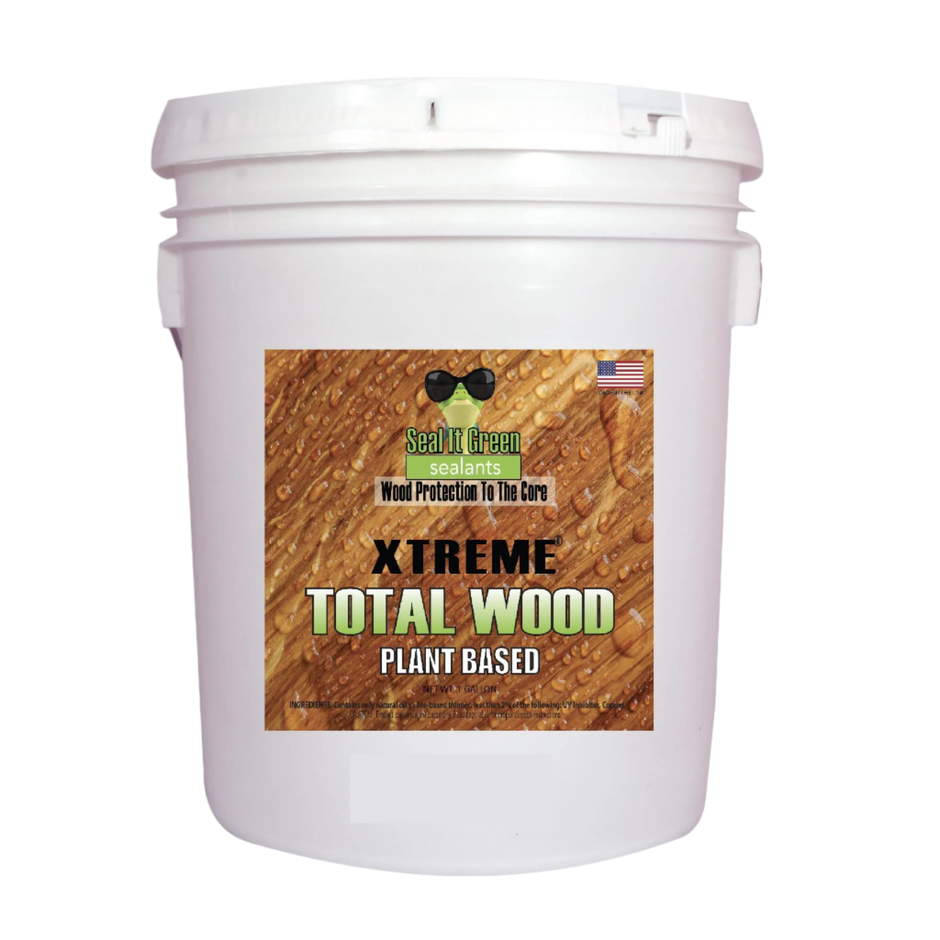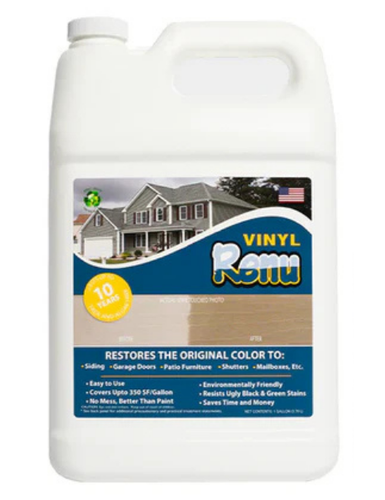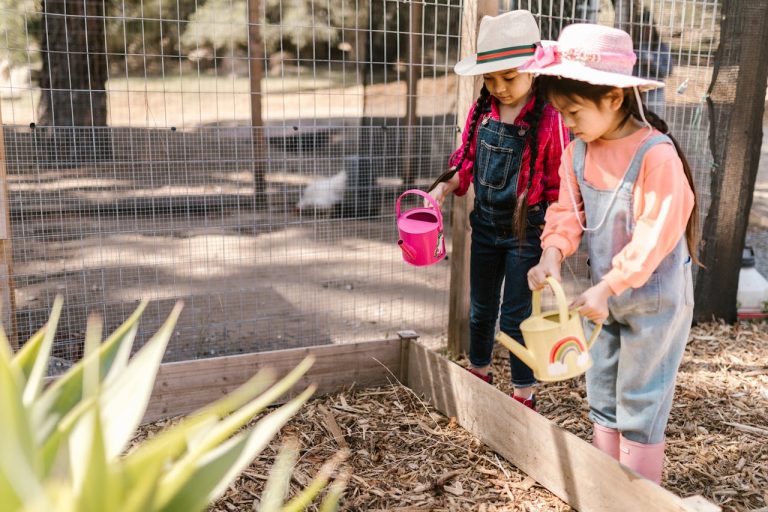Wooden fences are a staple in many homes, offering privacy, security, and visual appeal. However, constant exposure to the sun, rain, and environmental elements can lead to fading, cracking, or rotting. Choosing the right protective sealer is crucial to maintain the fence’s durability and beauty. Total Wood Armor Sealer provides an effective, eco-friendly solution for long-lasting fence protection.
Benefits of Using Total Wood Armor Sealer
Total Wood Armor Sealer is a plant-based, near zero VOC product that penetrates deeply into wood fibers, providing robust protection against moisture, UV damage, and environmental wear. Its sustainable formulation ensures safety for your family, pets, and the environment while enhancing the wood’s natural appearance.
Moisture Protection
Water and humidity can cause wood to warp, crack, or develop mold and mildew. Total Wood Armor Sealer forms a strong barrier against moisture, reducing the risk of structural damage and prolonging the life of your fence.
UV Resistance
Prolonged sun exposure can fade and weaken wood. Total Wood Armor Sealer’s UV-resistant formula preserves the wood’s natural color and prevents sun damage, keeping your fence looking vibrant and fresh.
Strengthens and Preserves Wood
The sealer penetrates deeply into the wood fibers, reinforcing them to resist cracking, splitting, and warping. Regular application ensures your fence remains strong, durable, and visually appealing for years.
Why Total Wood Armor Is the Best Wood Fence Sealer
Homeowners searching for the best wood fence sealer often select Total Wood Armor due to its combination of eco-friendliness, durability, and ease of use. Unlike chemical-laden traditional sealers, this plant-based product provides long-lasting protection while minimizing environmental impact.

Simple Application Process
- Clean the fence surface thoroughly, removing dirt, debris, and old coatings.
- Ensure the wood is completely dry.
- Apply the sealer evenly using a brush, roller, or sprayer.
- Allow the sealer to cure as per the manufacturer’s instructions.
This straightforward process guarantees maximum protection with minimal effort.
Suitable for All Wood Types
Whether your fence is cedar, pine, redwood, or pressure-treated wood, Total Wood Armor Sealer works effectively across all wood species, providing consistent protection for any wooden surface.
Advantages of Sustainable Wood Sealer
Using a best wood fence sealer like Total Wood Armor promotes environmental responsibility. Its plant-based, low VOC formulation reduces chemical exposure while preserving the wood’s natural integrity, making it a responsible choice for homeowners.
Conclusion
Total Sustainable wood sealer is the ultimate solution for protecting and maintaining your wooden fence. Its deep-penetrating, eco-friendly formula shields against moisture, UV rays, and structural damage, extending the lifespan of your fence. By choosing Total Wood Armor, you ensure a durable, beautiful fence while supporting sustainable practices.
FAQs
1. How often should Total Wood Armor Sealer be reapplied?
Typically every 2-3 years, depending on environmental exposure and weather conditions.
2. Can Total Wood Armor be used on other outdoor wooden structures?
Yes, it is suitable for decks, furniture, siding, and other outdoor wooden surfaces.
3. Is Total Wood Armor safe for pets and children?
Yes, its plant-based, near zero VOC formula is safe once fully cured.














